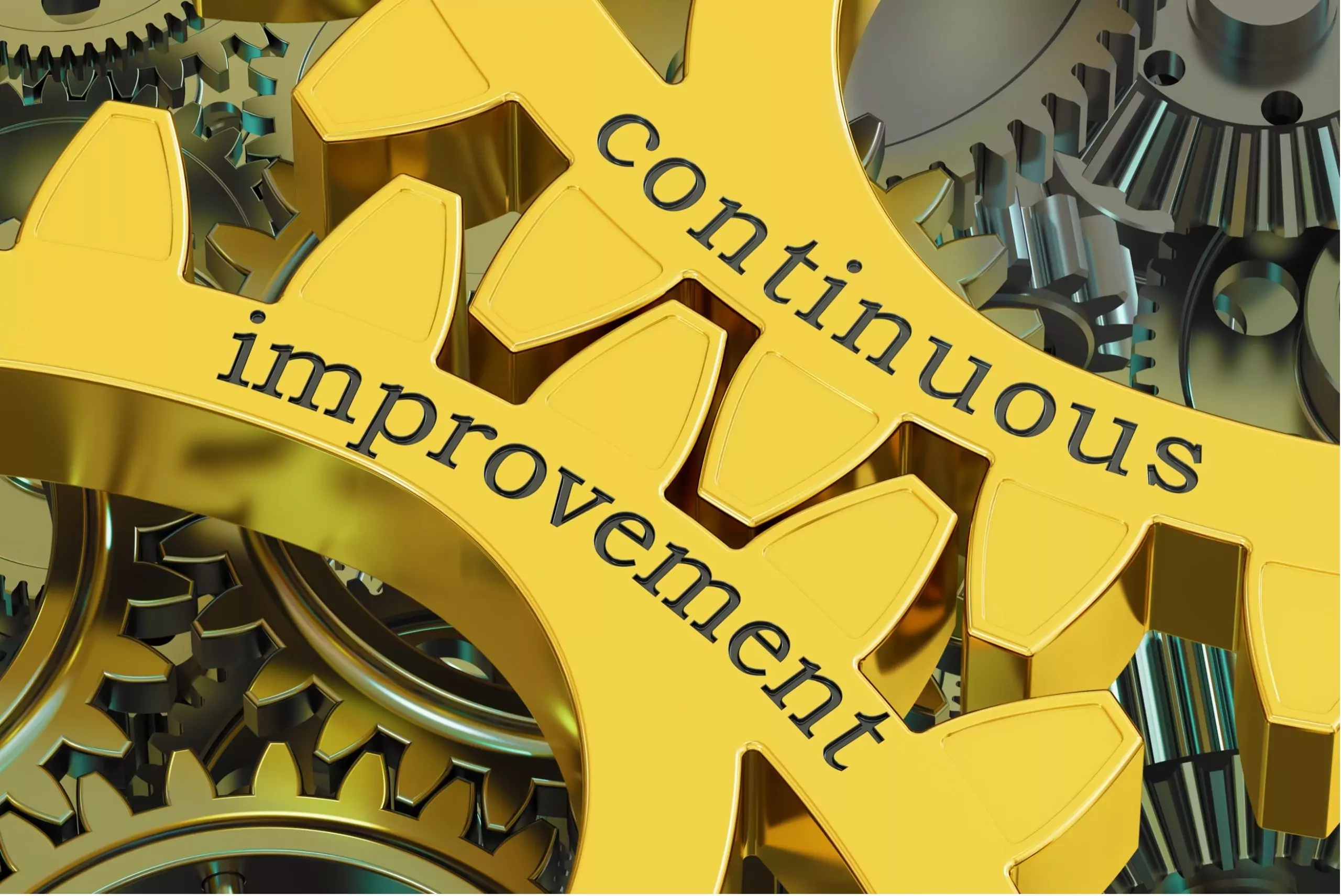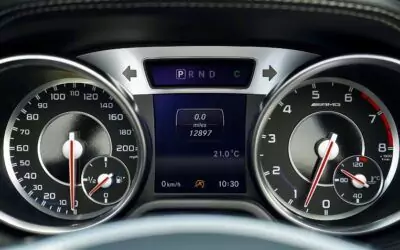The Complete Guide to Kaizen
Business leaders often covet lean methodology as the best way to run a business. It is extremely effective at removing waste, creating process flow, and ultimately increasing profits in an organization. A central tool of the lean methodology is kaizen.
As a Japanese word, kaizen means good change. However, as an ideology associated with lean principles, kaizen means continuous improvement. Some people devote themselves to kaizen, even applying the mindset of continuous improvement in their relationships, fitness, and everyday life. In this article, we break down what kaizen is and how to introduce it to your organization.

What is Kaizen and what is a kaizen event?
Kaizen is a method of optimizing every part of an organization in order to generate value for the customer. The goal is to continuously improve a system through kaizen events that lower defects, eliminate waste, and improve productivity.
Kaizen events are cross-functional events held over a short time period that focus on a specific problem in the value stream. During value stream mapping (another tool of lean methodology), you identify kaizen opportunities. We recommend that you map value streams one or two times a year. You can learn how to run a VSM here.
Kaizen events are structured around unwanted waste in a value stream. Lean methodology defines waste as any non-value-adding activity. The customer deems what is value-adding in the value stream.
There are eight possible wastes:
- Excess Inventory: Excess inventory requires more floor space and makes inventory management and tracking more difficult. The solution is the use of Kanban Boards, Super Markets, or just-in-time production.
- Unnecessary Motion: Unnecessary motion is any movement of people that doesn’t contribute to value-adding work. Poor plant layouts lead to suboptimal movement, for example.
- Waiting: Waiting accounts for idle equipment and workers. They can be waiting for data, waiting on bottlenecks in equipment, or maintenance.
- Overproduction: Overproduction leads to excess inventory and the associated problems. Better planning and just-in-time production are some possible solutions.
- Over-processing: Over-processing wastes are production and communication efforts that don’t add value to the customer.
- Defects: Defects can be caused by excessive variation, inadequate equipment, poor training, or transport damage.
- Unnecessary Transport: Unnecessary transportation of people, tools, materials, or equipment can be avoided by optimizing process flow improvements and plant layouts. You can read more about optimizing your plant layout with lean methodology here.
- Unutilized Talent: This waste refers to underutilizing employees’ talents and skill sets in a process. As we like to say, “Let’s keep the welders welding.”


